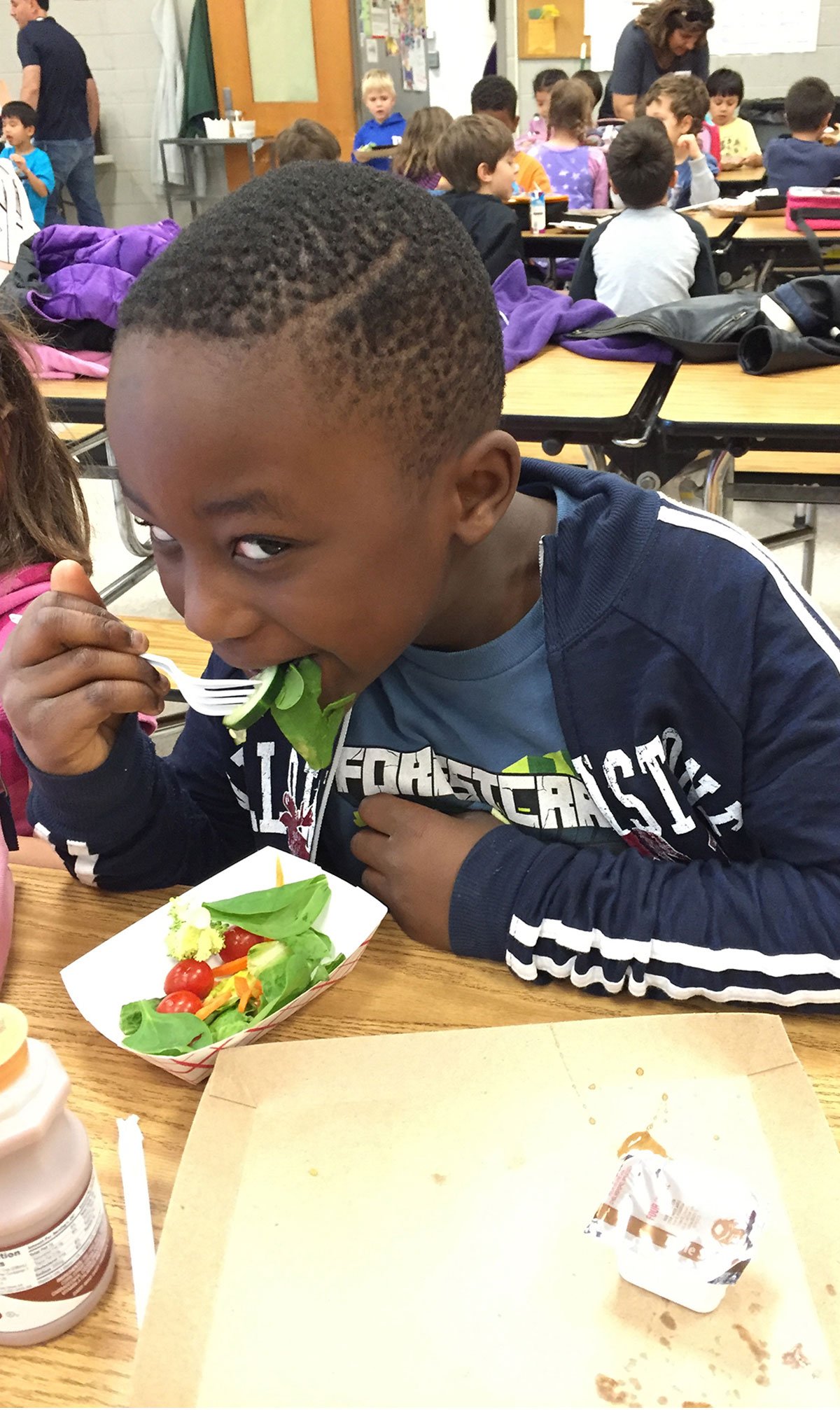 MONTGOMERY COUNTY PUBLIC SCHOOLS
MONTGOMERY COUNTY PUBLIC SCHOOLS
 MONTGOMERY COUNTY PUBLIC SCHOOLS
MONTGOMERY COUNTY PUBLIC SCHOOLS
The Department of Food and Nutrition Services (DFNS) has made it easier to view student’s school menus. MCPS students, parents, and community members can now view school menus with MealViewer, providing increased access to:
MealViewer can be accessed on a computer browser, through the MealViewer app on Android and iPhone, or using any browser on a smartphone. No sign-in or passwords are required to view menus. It is also possible (but not required) to rate food items, star favorite items, utilize a nutrition calculator, and create a profile.
Please note: Starting January 2025, PDF menus will no longer be available. MealViewer will have all menu information.
Our dietitians focus on balancing many aspects of menu planning to provide healthy, tasty meals to our customers. These include regulations established by the United States Department of Agriculture and the Maryland State Department of Education, food safety, cost, preparation, storage, and seasonal availability.
We collaborate with manufacturers and develop specifications to provide foods that not only taste good, but also are low in fats and sodium. New products are tested periodically with student groups. If results are positive, the products are introduced on menus for all students.
We will always try different ways to present the product, believing that, over time, students will become more accustomed to having these foods as a regular part of meal service. Research shows that it can take up to ten times of tasting and experiencing a food for a child to accept it, and DFNS is happy to be a part of that journey with our students.
MCPS menus are planned in cycles during the school year. Different menu items may be offered for a specific period of time and then replaced with new offerings later. This allows us to increase the variety of foods offered during the year. We strive for menus that include student favorites and dishes that reflect the cultural diversity of our student body.

We continue to promote and maintain a healthy school environment. We understand that students may wish to purchase additional food items throughout the day, such as an additional entree at breakfast, an extra beverage at lunch, or snack from the vending machine. Items for sale in the cafeteria, through vending machines, school stores, athletic departments, and fundraisers must align with both USDA Smart Snack Guidelines and MSDE Nutrition Standards for food sold in schools. All items available for sale are in compliance with JPG-RA, Wellness: Physical and Nutritional Health. Specific items vary at each school.
Students are able to purchase additional menu items during meal service each day. This is called “à la carte.” School administration works with DFNS to determine which items are available for purchase during meal service. Students must have funds in their MySchoolBucks account or cash in hand to purchase items a la carte.
À la carte pricing information is available online for Elementary schools and Secondary schools. For specific information regarding items available at your child’s school or to request that the purchase of à-la-carte items be restricted, please contact the school directly.
DFNS partners with vendors to provide schools the opportunity to place vending machines within their building. Vending machines that are accessible to students and on during the school day must contain snacks and beverages that meet USDA Smart Snack Guidelines and the MSDE Nutrition Standards for Foods Sold in Schools.
DFNS offers school staff and administrators the opportunity to purchase food and beverages to complement school activities, such as parent breakfasts and PTA meetings. These items provide lite refreshments and are perfect for smaller, more casual settings. For a complete list of items available, please reach out to your school cafeteria manager or the DFNS home office.
Looking to cater a large event or provide a more complete meal service? DFNS may be able to help! Please see our catering information for more information about what we offer and how to get in contact with us.